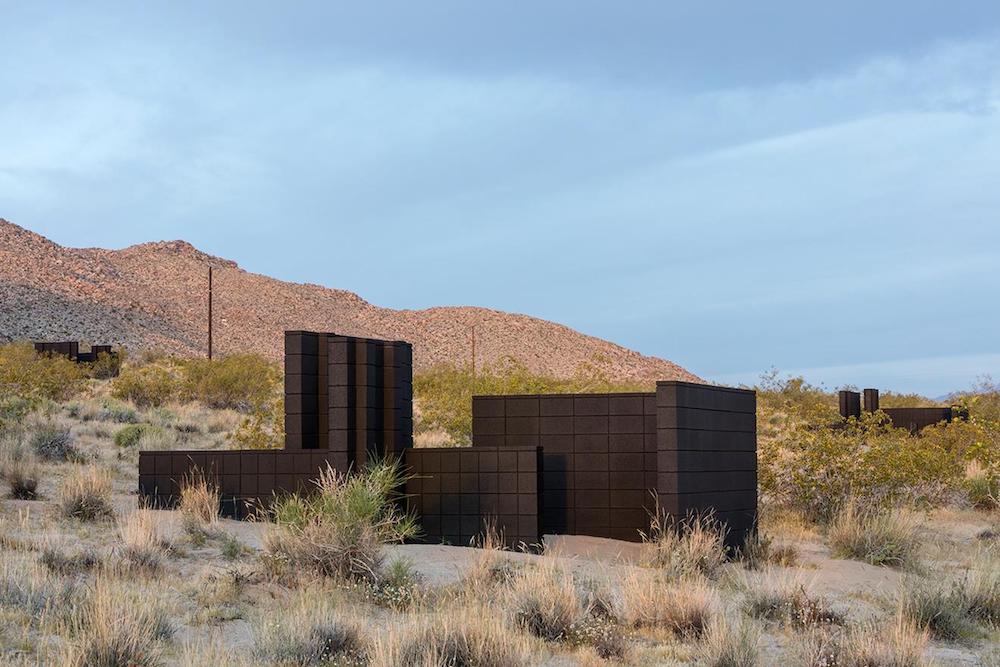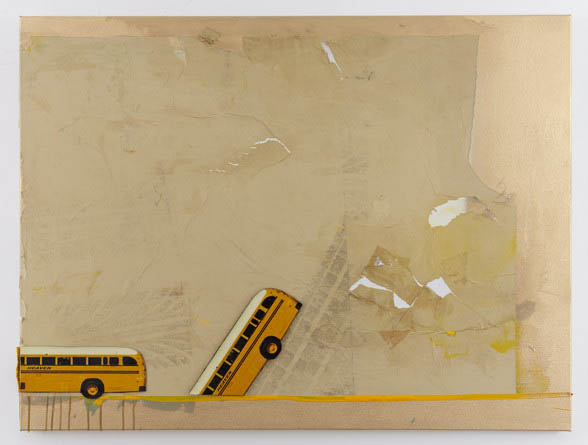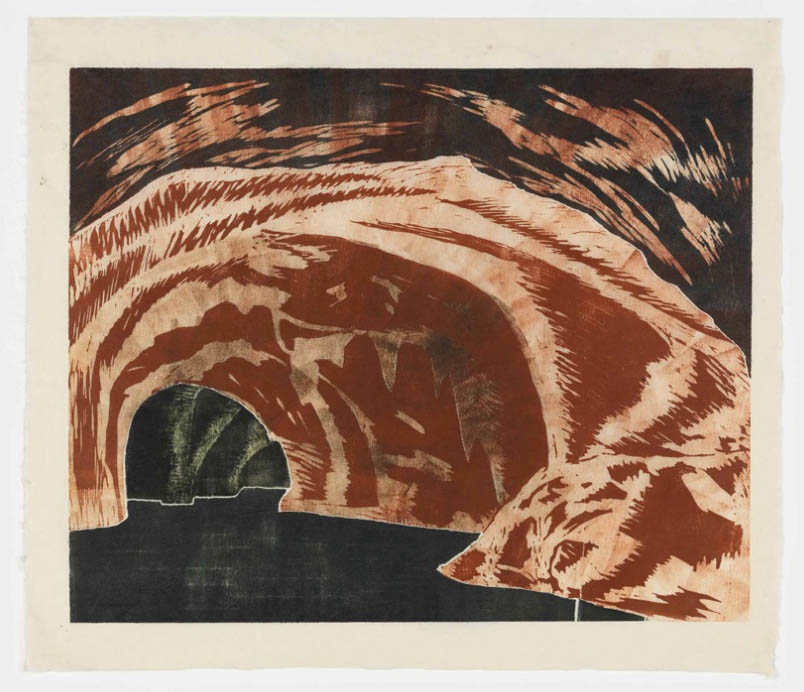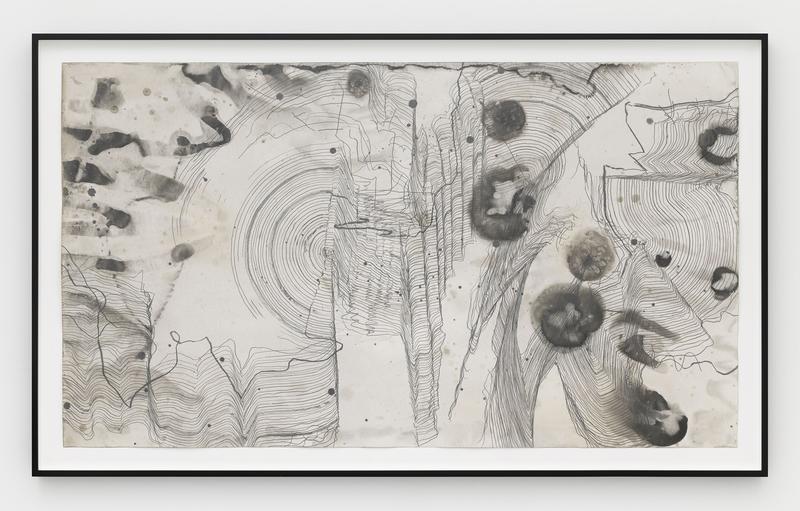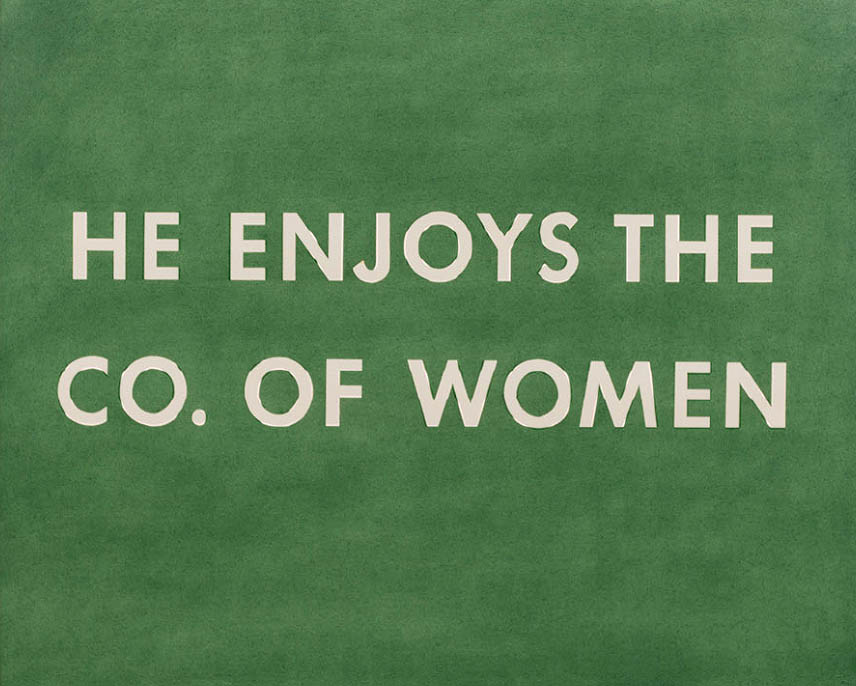ANDREA ZITTEL
2017-05-29Furthering her core investigation of structures that shape our reality fields, Andrea Zittel mines simultaneous sites of gallery and landscape to activate a specific, continued exploration of the vertical plane. Coalescing recent manifestations of two distinct, yet interrelated bodies of work—Planar Configurations and Planar Pavilions—this two-part exhibition embodies Zittel’s evolving symbiosis between art object and active living environment, and inaugurates the artist’s newest permanent public installation in Joshua Tree, California.
Organized in linear sequences within the main gallery, Zittel’s three variations of Planar Configurations take on more intimate physical and psychological space. Whereas previous variants emphasized the hierarchy and functionality of active horizontal planes, and the division of larger spaces into specific supportive environments, these sculptures turn our focus inwards, establishing private rooms or containers nested by corners. Together, the repeated forms accumulate in groupings of two, three, and four identical sculptures in parallel succession. Intimating office cubicles, motel rooms, or restaurant booths, they are both autonomous and contingent on one another, creating and completing suggested spaces by the nature of their proximity.
Exhibition runs through to August 12th, 2017
Regen Projects
6750 Santa Monica Boulevard
CA 90038
Los Angeles
